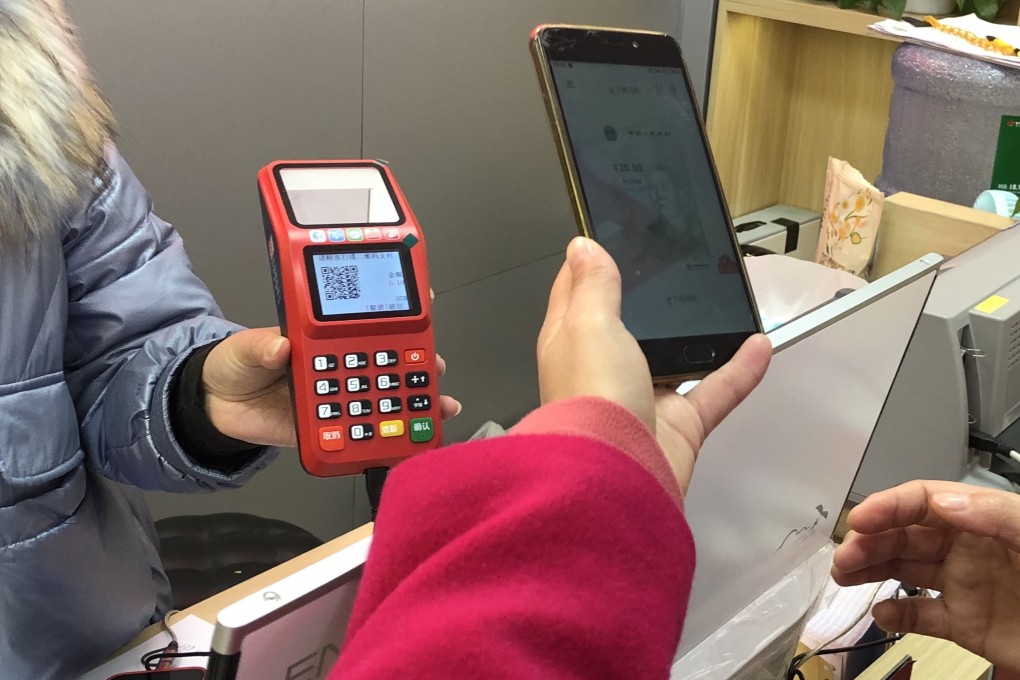China’s digital currency trials accelerate, but will users of Alipay, WeChat Pay switch to the new e-yuan?
- China’s e-yuan is one of the most advanced central bank digital currency initiatives in the world, with over 2 billion yuan (US$314 million) spent so far
- But China already has an established digital payment system dominated by Alipay and WeChat Pay, potentially slowing its wider adoption

From kitchen utensils to fresh vegetables, Shanghai resident Sun Xuhong shops online because there is a much better selection of imported brands than those found in bricks-and-mortar retailers.
The range of choices, coupled with seamless connection to mobile payment apps like WeChat Pay and Alipay, is why she has little interest in partaking in China’s sovereign digital currency trials, which have so far been confined to a limited number of retailers and select e-commerce sites.
“I opened an e-yuan wallet just to help my personal banker out at his request about two months ago,” Sun said. “But there really is no reason for me to change the way I spend. I feel that the digital currency is still something hypothetical to me. ”
As China races towards becoming the first major economy to launch a sovereign digital currency, Sun’s experience raises questions about just how widely the vaunted payment system will be used.
With most Chinese consumers already using Alipay – an affiliate of Alibaba which in turn owns the South China Morning Post – and Tencent’s WeChat Pay for electronic payments, the benefit of the digital yuan to all consumers is not yet clear.